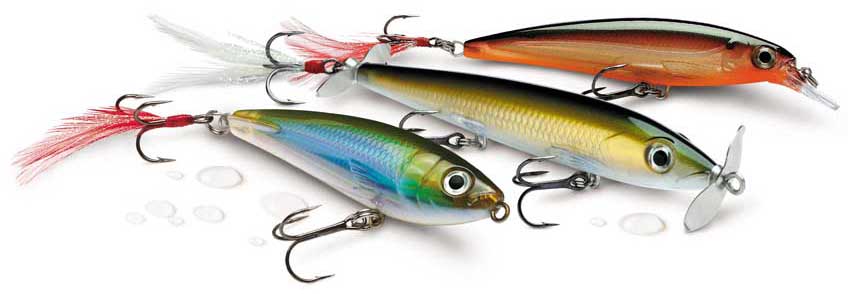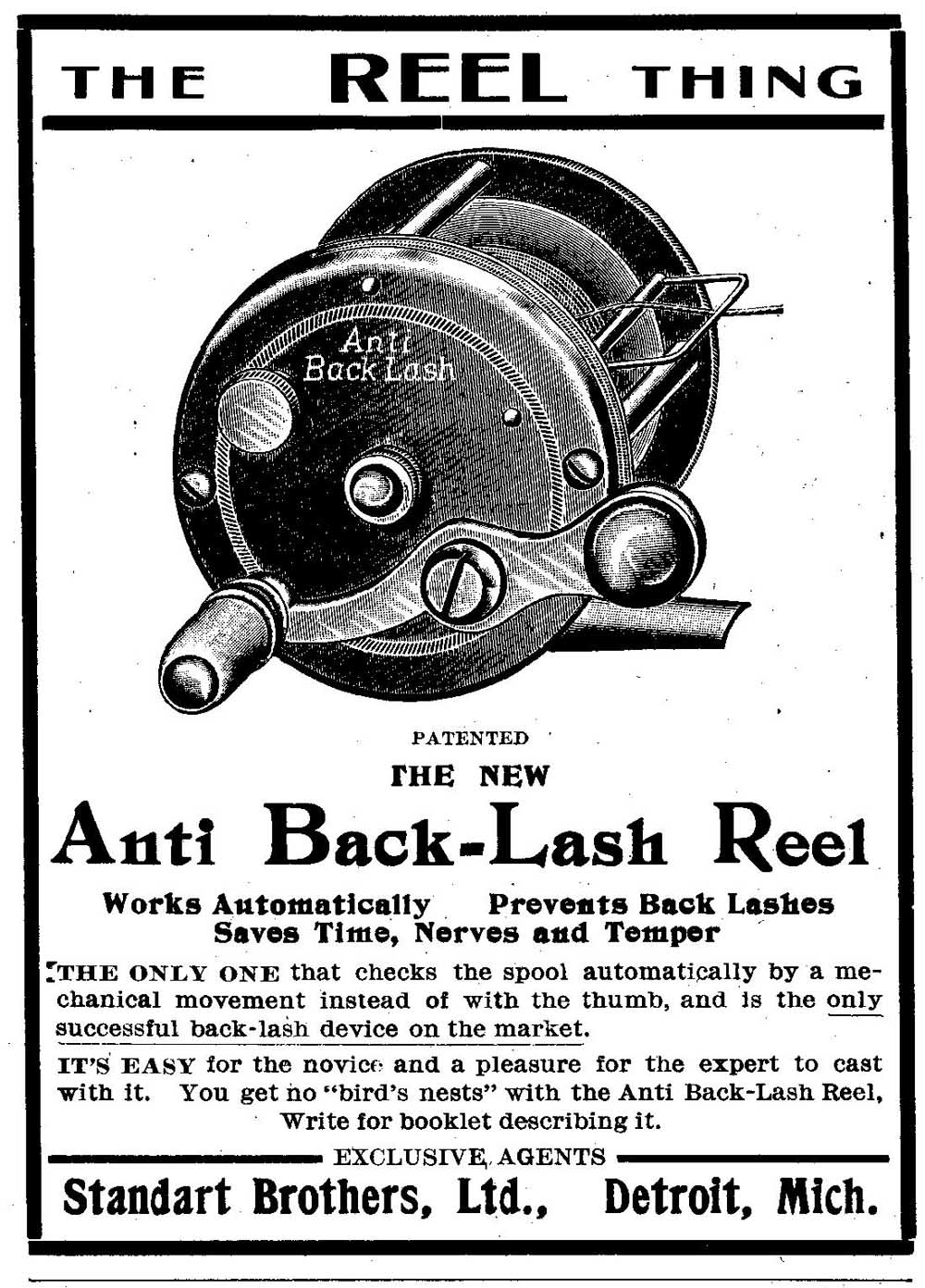As a professional angler, one aspect of my job is helping to develop new products. And I really like it, especially when my input increases a product’s chances for success. There’s something about getting an idea from the drawing board to the pegboard that’s extremely satisfying.
For me, it’s a form of validation — much like a high finish in a B.A.S.S. event. The more challenging and creative the process, the better I like it.
Smart companies realize the value of angler input. They know by tapping the knowledge and expertise of a pro staff, they’ll save time and money in development, while increasing their odds for success. Don’t believe me? Just look at the most successful manufacturers in fishing. Their pro staffs are loaded with talent, and I don’t mean just the fish-catching kind.
Take Kevin VanDam, for instance. If you think Kevin’s value lies solely in his ability to sling a spinnerbait, think again. His sponsors know his skills reach far beyond the deck of a boat. Kevin is one of the sharpest guys on tour, and the companies he represents rely on his input — not only to develop new products, but to bring those products to market and help move them off the dealer’s shelf.
And KVD is not alone. There are many touring pros skilled at more than simply finding fish. Just look around you, they’re there.
Who, What, Where
Some companies strive for diversification in a pro staff. They believe having representatives from different angling or geographic backgrounds makes more sense. Taking this approach invites a broader scope of ideas and input, and it can keep a company in touch with developing trends outside its immediate market.
Case in point: What Denny Brauer brings to the table is different than what Brent Ehrler might bring. Both are highly accomplished pros, yet each represents a different age group, geographic background, and angling style. Smart companies would see the advantages of having both anglers on staff — not because they fish different tours, but because they represent a larger cross section of the angling community. It’s all about demographics and the subgroups within them. And in today’s economy, the more an angler can bring to the table, the better his chances for success.
Providing ideas and input on new products has been crucial to my own survival. Anyone who has followed my career knows that I haven’t set any records at the scales. But if you ask some of the marketing people I’ve worked under, they’d tell you I did help set a few records in sales.
In this business, it’s not just how well you can make a SkitterWalk walk, it’s also how well you can make it sell.
Working With People
Throughout my career I’ve had the opportunity to work with some really bright people. And though that interaction was sometimes challenging, the end results almost always brought reward.
From helping Woodstream develop the first waterproof tacklebox to designing the first clear-water spinnerbait for Hildebrandt, my role has been extremely fulfilling. I’ve provided input on everything from spinnerbaits to sunglasses, and the list keeps getting longer.
Most recently, I met up with Mark Fisher, head of R&D for Rapala. We spent several days on Lake Okeechobee testing prototypes he brought back from Finland. While I can’t disclose the specifics of those new lures, I can tell you they are truly innovative — mind blowing, in fact!

Rapala SubWalk, X-Rap Prop and X-Rap
Mark and I have worked together on numerous projects, like the original X-Rap, SubWalk and new X-Rap Prop. And all were rewarding efforts. But what the average angler doesn’t realize is the amount of back-and-forth communication, and time and effort that go into these projects. We’re sometimes working two to three years ahead of a product’s introductory target date.
Concept is Key—Timing is Critical
For any new product to become successful, it has to have an application. And being first helps. Even if your concept has room for improvement, getting it to market ahead of the competition is paramount.
Consider the Senko, for instance. Since its introduction we’ve seen a bunch of knockoffs, but none experiencing the success of Gary Yamamoto’s creation. The same could be said for the ChatterBait. There are countless imitations on the market, but none have sold like the original.
You know a lure has become, well, historic, when its name defines an entire class of generic knockoffs.
Something Old, Something New
Besides my interest in product development, I also appreciate vintage tackle — old lures, rods, reels, etc. To me, they’re an important part of our angling heritage. Something few anglers realize is that the first wooden plugs originated in this country, barely more than 100 years ago. Reels specific to bass fishing were developed in America by watchmakers in Kentucky during the 1800s. Watchmakers understood gears and movement, so they were the likely candidates to bring them to market.

Through my interest in vintage tackle, I uncovered numerous false claims made by contemporary manufacturers. Guess when the first so-called “anti-backlash” reel came to market. It wasn’t in the 1980s or ’90s, I promise you. Try the early 1900s or before. A 1907 ad in Outer’s Book reveals the Anti Back-Lash Reel Company of Sturgis, Michigan, who claimed their reel worked automatically to eliminate backlash problems.
There are many other self-proclaimed “innovations,” but a quick look back can prove that most of them are actually refinements or modifications to much earlier concepts. It’s funny how things come full circle.
That said, there are still many truly innovative ideas out there, and the best ones usually find their way to the consumer.
Just about the time I think it’s all been done, some guy in Finland changes everything. And that’s precisely why I’m still in this business — I love the creative process.





